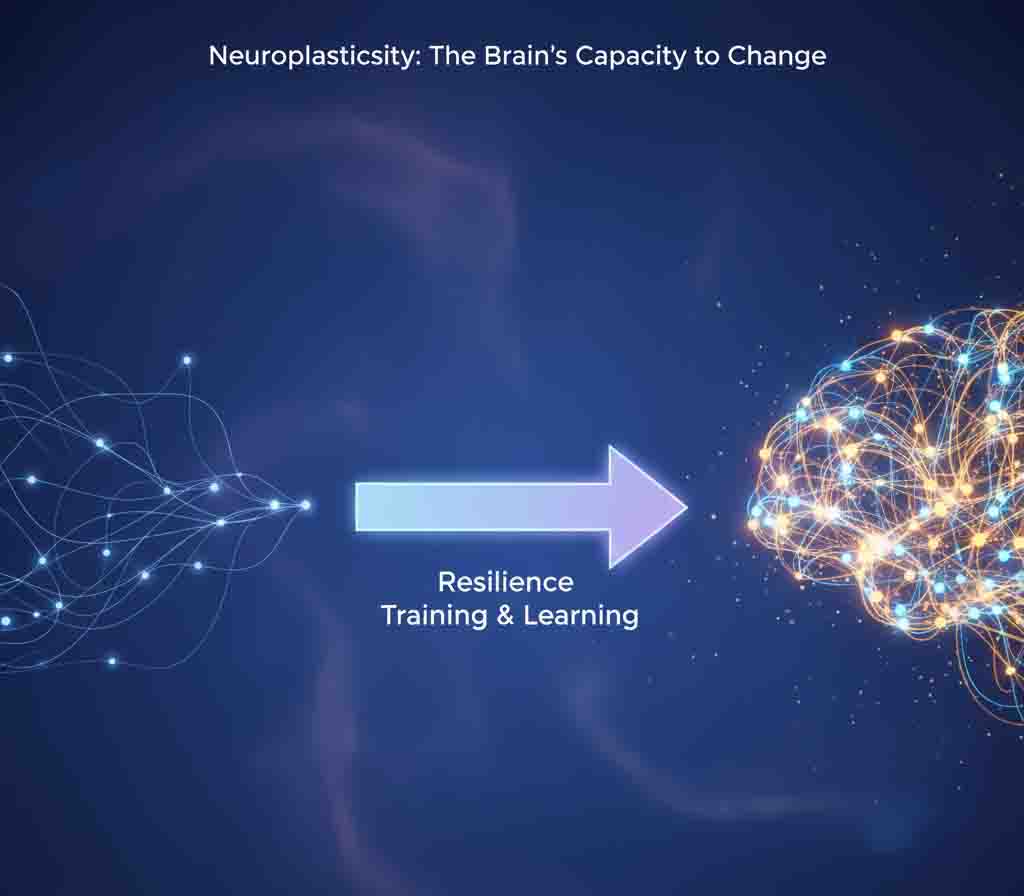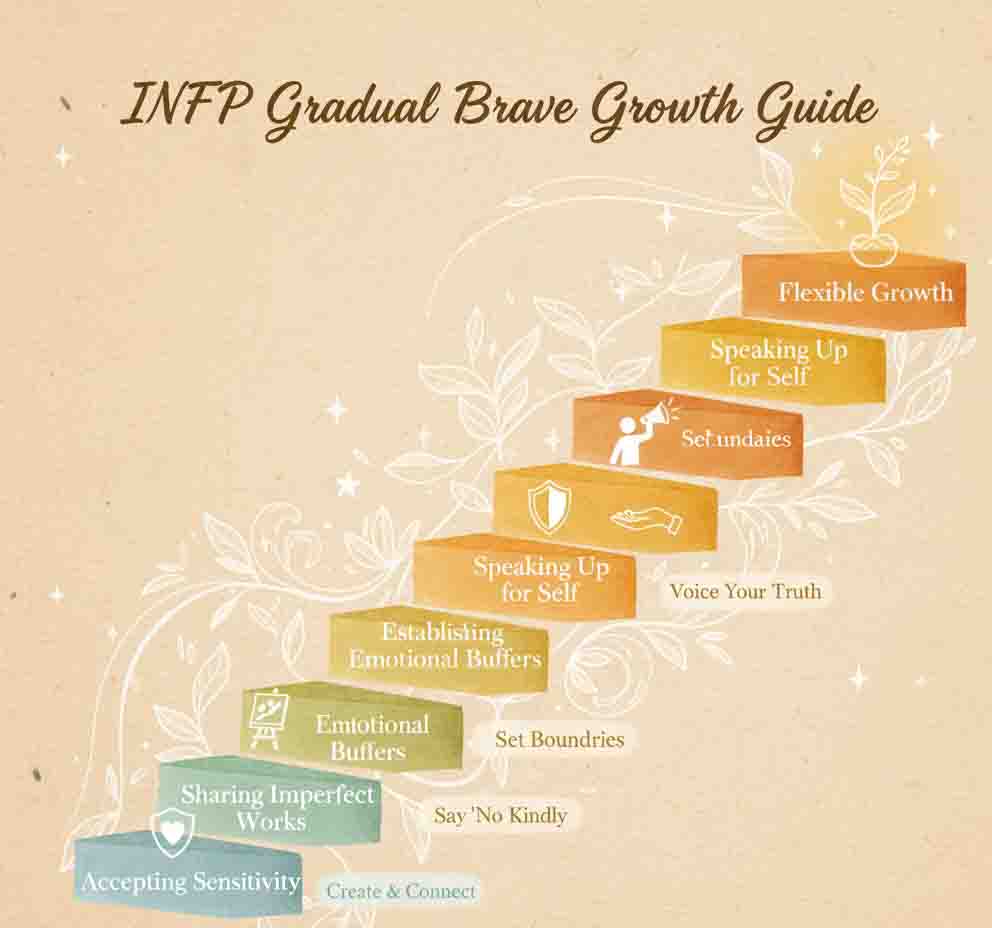Redefining Resilience: The Growth Code Behind Stress
When Dr. Zhang began working in the emergency department three years ago, consecutive shifts and critical situations pushed her to her limits. Then she discovered that the most intense moments were actually shaping her most valuable professional capabilities. “Stress isn’t the enemy,” she says, “but equipment for training mental muscles.”
Resilience Isn’t Endurance, But Transformation
Modern neuroscience confirms our brains possess remarkable plasticity. Every stress response experience reshapes our neural pathways. The key lies in whether we’ve mastered transformation methods.
Five Evidence-Based Resilience Building Methods
1. Stress Reframing Training
When sensing stress signals, attempt to reinterpret physical responses: “This racing heartbeat is storing energy for my next actions,” “Sweaty palms indicate my body is enhancing sensitivity.” Research shows this cognitive reframing significantly reduces stress-related health damage.
2. Growth Mindset Cultivation
Develop thinking habits of “not yet mastered.” Facing challenges, use “I haven’t found the solution to this problem yet” instead of “I can’t solve this problem.” This subtle language shift activates the brain’s solution-seeking mode.
3. Emotional Granularity Enhancement
Refine emotional vocabulary: beyond “feeling bad,” distinguish between “disappointment,” “worry,” “frustration,” or “overload.” Precise emotion identification activates prefrontal cortex regulation functions, helping select more effective coping strategies.

4. Meaning Mining Practice
After difficult experiences, ask three questions: What new self-understanding did this experience bring? How did it enhance my capabilities? How will this experience help future me? This meaning-building activates the brain’s reward circuitry.
5. Support System Optimization
Establish diversified support networks: technical guidance, emotional support, information provision, and role model types. Different challenges require different support types, similar to how different conditions need different medications.
Continuous Practice from Stress to Growth
Ms. Li, a project manager at a tech company, implements “stress transformation meetings” where team members share recent challenges and learned coping techniques. “Now we don’t fear rising stress indicators,” she says, “but view them as signals of team growth.”
True psychological resilience means not just weathering storms, but discovering you’ve become stronger afterwards. It comes from every conscious transformation, from daily practices that convert stress into inner resources.



